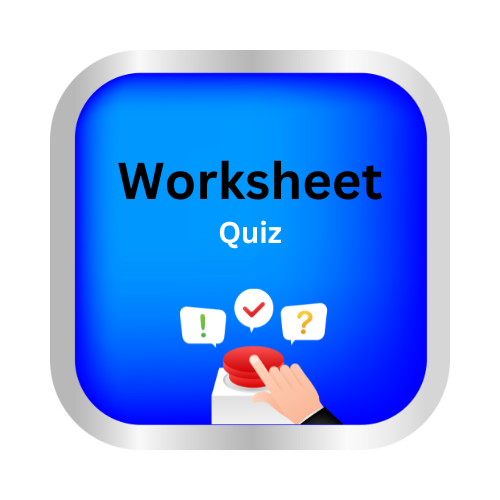Exponents with negative bases
Design by Delta publications
Key Notes :
| What is a Negative Base? |
- A negative base means the base number is less than zero.
- Example: (−2),(−5),(−10)etc.
- The rules of exponents still apply, but we must be careful with brackets.
| Rules to Remember |
Even Exponents make the result positive
- (−a)even=(+)
- Example: (−3)2 = (−3) × (−3) = 9
Odd Exponents keep the result negative
- (−a)odd=(−)
- Example: (−3)3=(−3)×(−3)×(−3)=−27
Brackets matter!
- (−3)2=9( (because both factors are included inside brackets).
- −32=−9 (because only 32=9, then negative sign is applied outside).
| Examples |
- (−4)2=16
- (−4)3=−64
- (−2)5=−32
- (−2)6=64
- −24=−16
| Key Points |
- With brackets → exponent applies to the whole negative number.
- Without brackets → exponent applies only to the positive number; the negative sign stays outside.
- Even powers → always positive.
- Odd powers → always negative.
| Practice Problems |
- (−5)2=?
- (−7)3=?
- −62 =?
- (−2)4=?
- (−3)5=?
| 👉 Summary: |
When working with negative bases in exponents, always check if brackets are present and whether the power is even or odd.
Learn with an example
Evaluate.
(-4)3 = ___
The base is –4 and the exponent is 3. Use –4 as a factor 3 times.
(-4)3 = (–4) · (–4) · (–4)
= –64
Evaluate.
-13 = ___
The base is 1 (not –1) and the exponent is 3. Use 1 as a factor 3 times. The negative sign stays out in front.
-13 = –(1 · 1 · 1)
= –1
Evaluate.
(-3)3 =___
The base is –3 and the exponent is 3. Use –3 as a factor 3 times.
(-3)3 = (–3) · (–3) · (–3)
= –27
Let’s practice!🖊️

